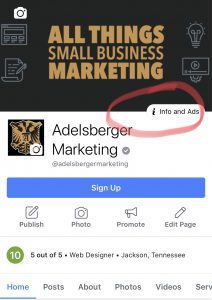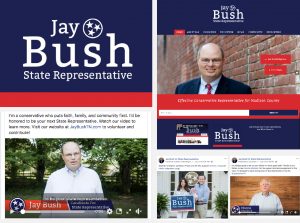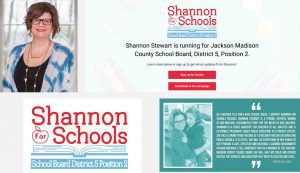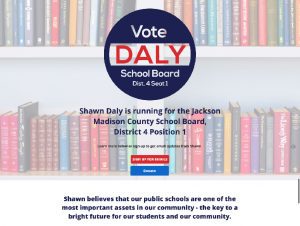This is the second blog as we discuss Facebook News Feed Principles. If you missed the first one, start here.
This is a continued look at the Facebook News Feed Principles. These are drawn from the Facebook website and I am going to talk about them to help them make more sense for you!
Publisher Principle 2: People on Facebook Value Accurate, Authentic Content
In other words, people don’t want Fake News. But do they really?
I think this point might be more aspirational than reality. People really like whatever happens to align with their world view, it’s a phenomena called “Confirmation Bias.” “Confirmation Bias” is that our brain sees things in the world and makes special note of the things that line up with what we already thought. It notices and engages with things that confirm our biases.
Facebook seems to be focused on being sure people do not share content that is misleading or “click bait.” Click bait is a style of content that that has an intentionally misleading title in order to get people to click on the story. Once someone arrives at the page, the content is not related to the title that got them to click. The title is used as bait for the user.
But on a positive note, if we focus on making authentic content, I believe people will be more interested. Authentic content could include your real staff instead of models. Food actually served at your restaurant instead of stock photos. Make your brand the feature of these programs rather than stock photos.
If you are posting links or sending people to landing page, make sure people are seeing what they would expect. You know, treat others like you want to be treated, do not treat them like you are a marketer.










